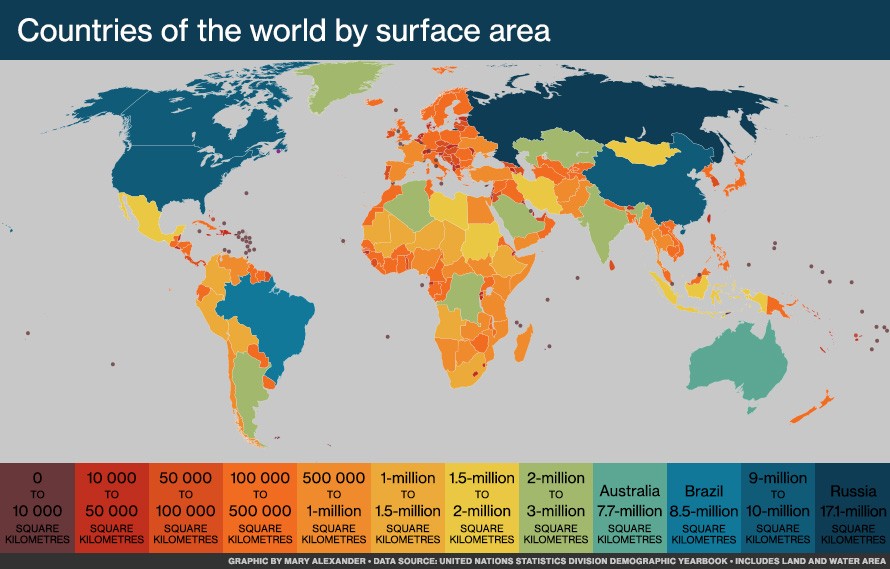Ever wondered just how vast Alaska truly is, especially when placed against a continent like Europe? It’s a question of scale that reveals fascinating geographical realities. While Europe is made up of numerous countries, each with its own rich history and diverse landscapes, Alaska stands as a single, massive state within the United States. Let’s dive into a detailed size comparison to truly appreciate the dimensions of Alaska in relation to Europe.
When we consider surface area, the numbers tell a compelling story. Alaska boasts a total area of approximately 1.7 million square kilometers (around 665,000 square miles). This makes it by far the largest state in the US, but how does it stack up against entire European countries or even the continent itself?
To put it in perspective, let’s start with individual European nations. Many are dwarfed by Alaska’s sheer size. For instance, countries like France, Spain, and the United Kingdom, while significant in Europe, are considerably smaller than Alaska individually. You could fit France (approximately 550,000 square kilometers) more than three times into Alaska. Similarly, Spain (around 506,000 square kilometers) and the UK (roughly 244,000 square kilometers) are each a fraction of Alaska’s expansive territory.
 Colour-coded map of the world showing countries by surface area.
Colour-coded map of the world showing countries by surface area.
Global map illustrating country sizes by surface area, highlighting the vastness of countries like Russia, Canada, and the United States compared to others.
In fact, when you look at a map of Europe, you’ll realize that Alaska is larger than many combinations of European countries. For example, you could combine Germany, Italy, Poland, and Greece, and Alaska would still be bigger. This really underscores the immense scale of Alaska.
However, it’s important to consider Europe not just as individual countries but as a continent. Europe, in its entirety, covers roughly 10.18 million square kilometers (about 3.93 million square miles). Seen in this light, Europe is significantly larger than Alaska. You could fit Alaska almost six times within the total area of Europe.
Despite Europe’s overall larger continental size, the comparison with Alaska reveals some interesting points. Alaska’s landmass, though sparsely populated compared to many European nations, is incredibly significant. Its vast wilderness, rugged terrains, and extensive coastlines contribute to its unique geographical identity. Furthermore, when focusing on specific regions within Europe, the size disparities become even more striking. For example, Scandinavia, known for its larger countries within Europe, still presents an interesting comparison. Even combined, the Scandinavian countries (Norway, Sweden, and Finland) are only collectively comparable in size to Alaska, depending on how you define the region’s boundaries.
The comparison isn’t just about landmass, of course. Population density is another key differentiator. Europe is densely populated, with a high concentration of people in relatively smaller areas. Alaska, on the other hand, is one of the least densely populated regions in the world. This contrast in population density further emphasizes the different natures of the landscapes and human impact on these regions.
In conclusion, while Europe as a continent is considerably larger than Alaska, the state of Alaska is individually bigger than many European countries and even combinations of them. This size comparison highlights the impressive scale of Alaska and offers a valuable perspective on global geography. Understanding these area differences helps to appreciate the diverse geographical realities across our planet.
